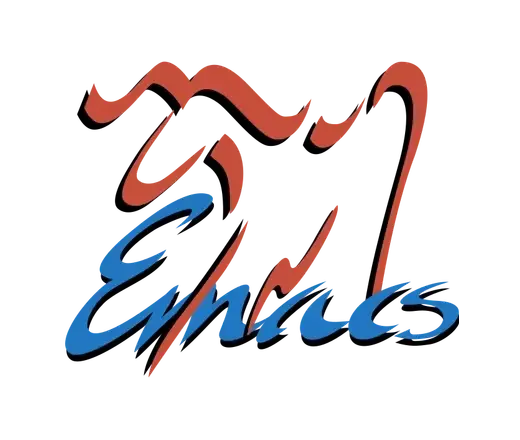i don’t think i’ll need elisp as i’m using emacs distribution
i want to learn basics elisp so that i can understand how to map keys how to send commands etc.
constructs that all beginners require
please don’t send a 300 page pdf for elisp as i don’t want to learn everything i just want a basic max 10 page rulebook for elisp
my teacher told me to use emacs and i love the experience so far thanks to the support from this community
i have not yet learned how to execute command like
menu-bar–display-line-numbers-mode-relative
i don’t know how to
run tab-width command with and set it to 4 after using M-x to open dialogue box to run command
(i think it’s called buffer not dialogue box)
so this is the level i’m at not much i know but i hope that emacs gods help me in finding true peace
I always liked the venerable Steve Yegge’s Emergency Elisp
I’d just start with using M-x and describe-function or describe-variable. That way you start to learn what various things do and then just use like (setq name-of-variable) to change things. That’ll get you a long way. Once you are more comfy, work into those keybindings. What distribution are you using?
Learn Emacs Lisp on Emacs Wiki.
I second this. Most basic and useful Emacs info are always in their own documentation and/or wiki. Some O’Reilly books are very helpful and gives you a huge amount of practical knowledge.
I don’t about it’s page count, but the goto-place for your need seems to be the “Introdution to Programming in Emascs Lisp” which is reachable from emacs with
C-h i m Emacs Lisp IntroIt is structured nicely, so you should be able to find the relevant parts easily from the table of contents, you don’t have to read it all. None the less I would recommend to read as much as possible, because it’s very informative and (in my experience) well worth it.
I want to highlight that I think you should do the built in Lisp intro as recommended by /u/Gallipo.
Its fully interactive as you work through it and it’s built into emacs. It’s imo THE place to get started.
I also want to say good on you as a student getting into emacs. It’s daunting at first but its a tool that will serve you for your entire career.
If the elisp intro doesn’t suit your prefered style of learning two alternatives are to search the index in the emacs or elisp reference manual you access by
-
f1 r
-
f1 R elisp
then you followup in the case of elisp with “I excursion” to list the index topic on that keyword excursion as an example; better to look for blogs on the web as a first step to find the solution to your immediate need
-
It’s been a while since I’ve updated this page, but I had bookmarked a bunch of elisp things. https://xenodium.com/emacs-lisp-bookmarks
There should be some links there that qualify the requirements, examples:
https://harryrschwartz.com/2014/04/08/an-introduction-to-emacs-lisp.html
https://github.com/abo-abo/elisp-guide
https://github.com/caiorss/Emacs-Elisp-Programming
Having said that, go to the built-in elisp manual to go deeper.
use chatgpt and ask basic syntax questions. If you understand the basic style of operator and args and some basic stuf like
(+ 10 15)things make a lot of sense. You can read a little about lisp and lisp like languages for a few minutes online in threadstab-width command
it’s not a command, it’s a defcustom

